So, today I'm posting some links to help my View Camera students find the right film and paper. These links come from B&H, or bhphotovideo.com You can also go directly to the website and search for the shared wish lists under my last name.
Don't forget to shop around and try local stores too. Local stores can provide individual attention, student discounts and an easy way to cruise used gear. I put a list of local resources on the syllabus.
I have personally tested the products below, with the exception of some of the color films. There's little discount (sometimes none) in buying large boxes of film. And, the benefit of buying small packs of film is that you can use the empty boxes to store exposed film until you are ready to process it. It's nice to keep a couple around just in case.
Ilford HP5+ (black and white)
Kodak Tri-x (black and white)
Kodak Portra 160 (color)
Kodak Portra 400 (color)
Ilford FP4 Plus (black and white)
Negative sleeves
These protect your film after it's processed. Also made in singles (instead of 4 per sheet).
Binder box
This binder has a wall all around the sides to help keep dust and contaminants off your film. Not waterproof, but really good for avoiding dust spots later.

RC paper (25 pack)
Ilford is a good brand, and is available at most locations. Notice that the packaging will show it is resin coated: RC. It also says that the paper is variable contrast, or multigrade: MG1V. The surface of this pack is "pearl." That's between glossy and matte and pretty easy to work with.
Buying a larger of paper box WILL save you money in the long run. You can also share a large box with a friend! However, don't buy more than you will use within a year. It can loose contrast and fog over time.
Mat board
Should be white, antique white, or bright white. Not colored, black or gray. Archival, acid free and 100% cotton are best, especially if you are going to permanently mount your prints.
linen tape
Creates the hinge on your overmats. The self-adhesive is convenient, but I like the wet-and-stick type better.
photo corners
Paper developer
Ilford Multigrade developer is easy to mix and is good quality. It is concentrated. For paper, the dilution is 1:9. That means you'll get 10 times the quantity of the bottle.
Film developer - Sprint
A good all purpose developer, easy to mix. The dilation ratio is 1:9. That means it'll give you 10 times the quantity of the bottle.
HC-110 film developer
Fast development times, fine grain, standard for working with 4x5 film. Economical because it is very concentrated. You'll need to buy a very small measuring cup for this because the school doesn't have them. It should be about 1 ounce size. The final dilution ratio is 1:32.
Film fixer
This Ilford fixer is good quality and easy to mix. The dilution ratio for film is 1:4, so you'll get 5 times the bottle size. It is also reusable, so it should last the whole semester. Don't forget a bottle to store the mixed solution in.
tongs
These are required for moving prints from chemical to chemical.
Dry mounting tissue
If you choose to dry mount, you'll need something like this. It's permanent, so buy the best quality you can afford.
anti static cloth
is a convenient way to remove dust from negatives, and to tidy equipment.
Okay, that's about it for now! I'll bring in some samples and discuss more of your options as the weeks progress. Have fun shopping.
Update:
I've found out that students at CCSF need to purchase all film chemicals except photoflo. I've added these to the bhphotovideo wish list. You don't need to buy it there, but it'll give you an example of what kinds of products will work. http://www.bhphotovideo.com/bnh/controller/home?O=wishListDetail_NEW.jsp&A=wishlistDetail&Q=&li=2153E937A8Here's a basic update on the things you'll need (I hope I don't miss anything):
binder for negativesnegative sleeves
photo paper
cable release
film
polaroid film (optional)
gloves
paper developer
tongs
film developer
a very small measuring container for developer (like 1 ounce)
film fixer
stop (optional)
bottles for fixer and stop (32 oz is probably fine)
also: thermometer for film processing






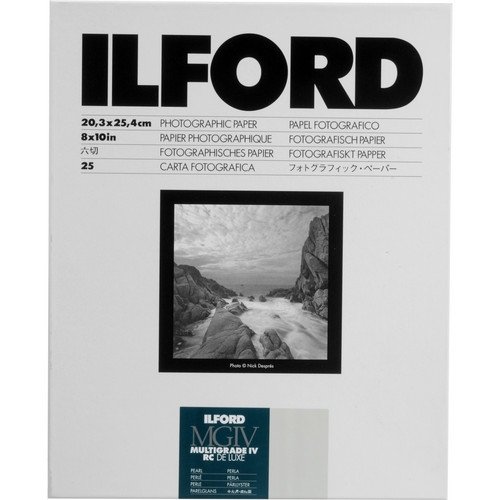

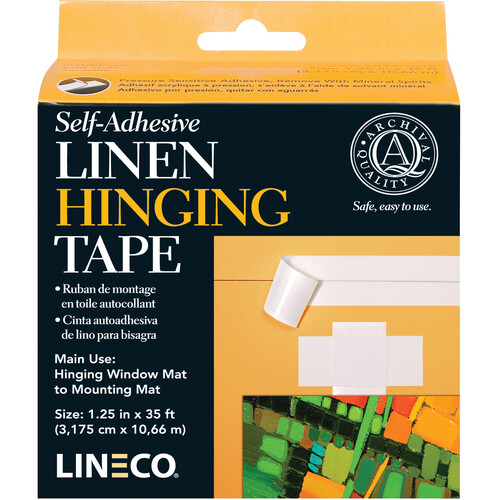
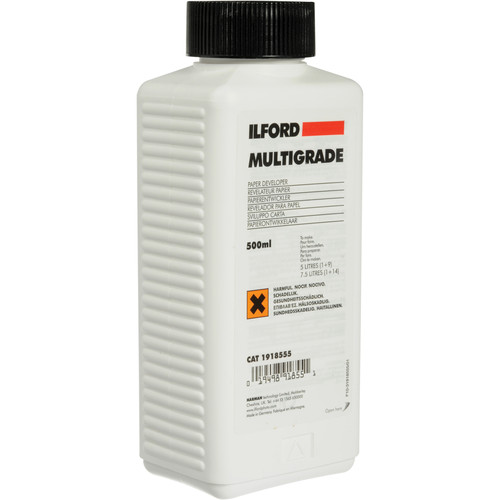
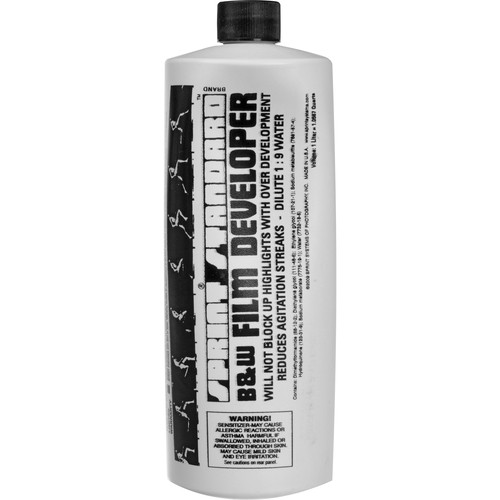
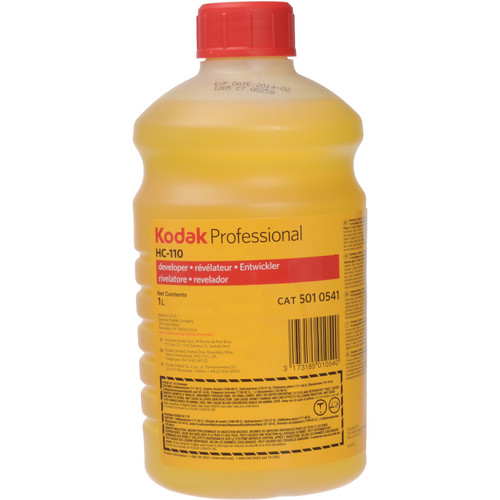

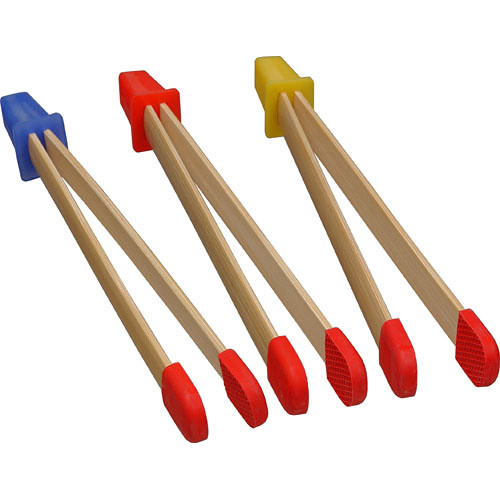
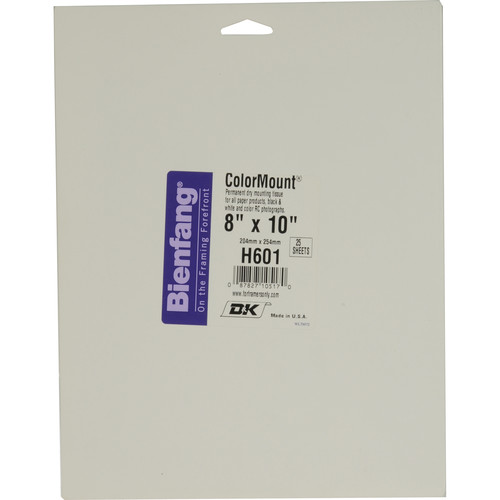

This comment has been removed by the author.
ReplyDeleteWhich Fuji film can we use for the assignments? Amazon sells two sizes of Fujifilm Fujicolor Professional FP-100C Color Instant Film. One size is 5x4, the other is 3.25 X 4.25" (cheaper). I remember you saying the instant film is slightly smaller than regular negative film sheet. Will 3.25x4.25 be large enough for the camera?
ReplyDeleteI want you to use Black and White Film for the assignment because you need to learn to process the film. To avoid problems, choose a 400 speed film listed above.
ReplyDeleteAs for Amazon, I do not recommend purchasing the instant film there. It could be old or damaged, meaning big problems with your pictures. It could also be a wrong description. I don't know any 4x5" instant film pack from Fuji.
Buy from a reputable store like B&H. It's only $8.99!
http://www.bhphotovideo.com/c/product/18595-USA/Fujifilm_15435626_FP_100C_Professional_Instant_Color.html